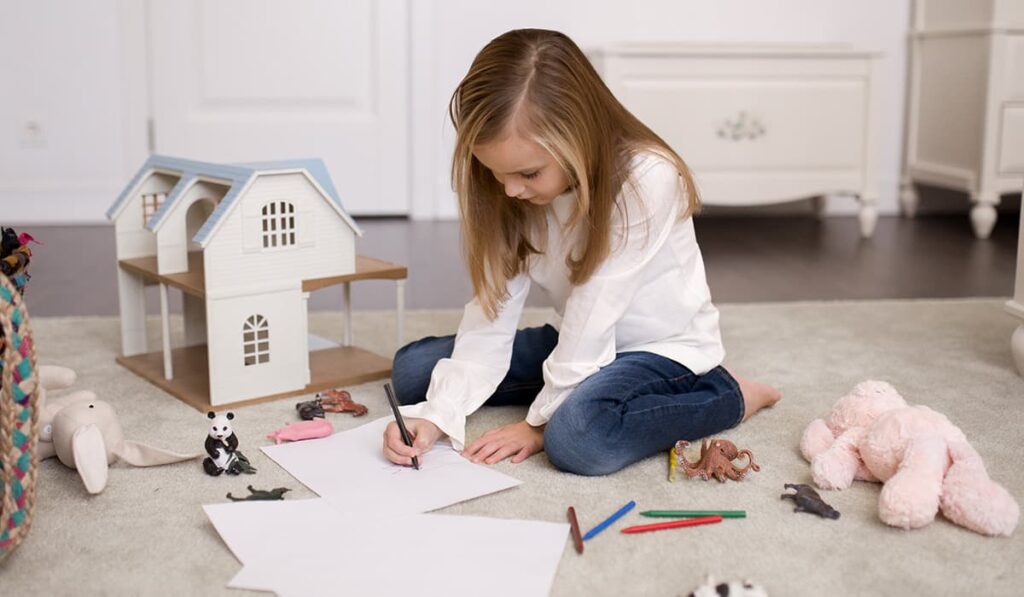Classes in architecture provide a fascinating setting for children’s imaginations to run wild. These lessons aren’t simply about building with Legos or following blueprints; they’re about stimulating young people’s imaginations. In this article, we’ll talk about how architecture school can be a place where ideas can blossom and goals can be crafted.
Unleashing the Imagination with Blocks: A Guide to Building Creativity
For young minds, architecture courses are a veritable lode of inspiration. They enter a realm where they are free to create, construct, and test out concepts. Children learn to imagine and create their futures one step at a time by first constructing their fantasies out of blocks.
Engaging in Active Learning through Hands-On Play
Learning is transformed into play in these sessions that emphasize experiential learning. Young children explore a world of construction toys, from traditional wooden blocks to elaborate model sets. They gain a sense of spatial awareness and an appreciation for proportion via the fun of this collaborative activity.
Traveling across Time to Learn from Historic Buildings
In architecture school, budding architects are taken on an exciting adventure through time. Children learn about the development of architectural style as they visit landmarks from a variety of time periods and countries. This insight into the past piques their interest and motivates them to express their own originality.
Educating Thinkers: Inspiring Creative Problem-Solving
Classes in architecture encourage analytical thinking in addition to the creative side. Young designers are faced with problems that call for creative solutions. Young brains are sparked by problems like this, which might range from optimizing space to building a sturdy construction.
How to Draw Your Goals and Objectives
Young students of architecture eventually move on from block models to more abstract sketches. The process of metamorphosis will teach kids visualization techniques. They get the ability to visualize their ideas on paper, which is essential for architects.
Fostering Young Creatives: The Builders of Tomorrow
Architecture courses are wonderful because they give young people the tools they need to become creative leaders. Classes like these do more than just foster creativity; they ignite a fire for art that will last a lifetime. As a result, many young people who participate in these programs end up pursuing careers in architecture, engineering, and related professions.
It’s the Place Where Ideas Take Form
Kids’ architecture courses are a magical place where imaginations can run wild. It’s where the future’s builders are conceived, designed, and constructed from the sandboxes of their imaginations. Learning the fundamentals of design and developing a passion for making ideas a reality are both things that may be fostered in these courses. And so, when kids take architecture lessons, they’re not simply learning how to build things; they’re also learning how to build their own ambitions, one imaginative project at a time. Let them use their imagination while playing, and you’ll see them blossom as designers.


